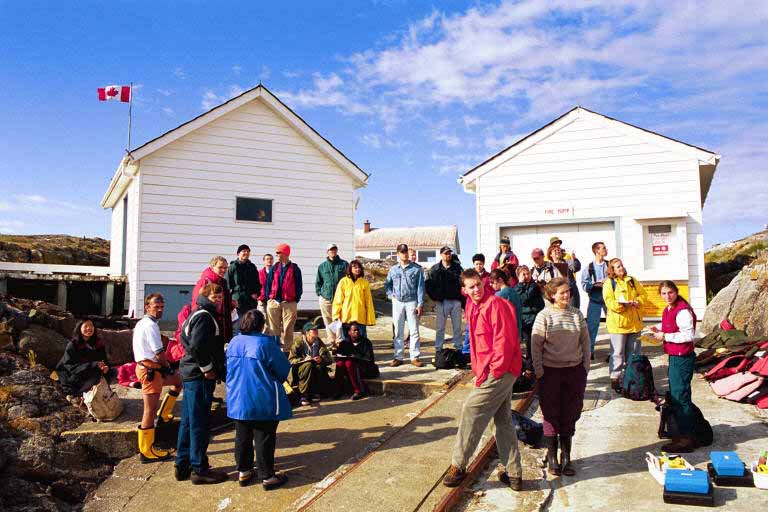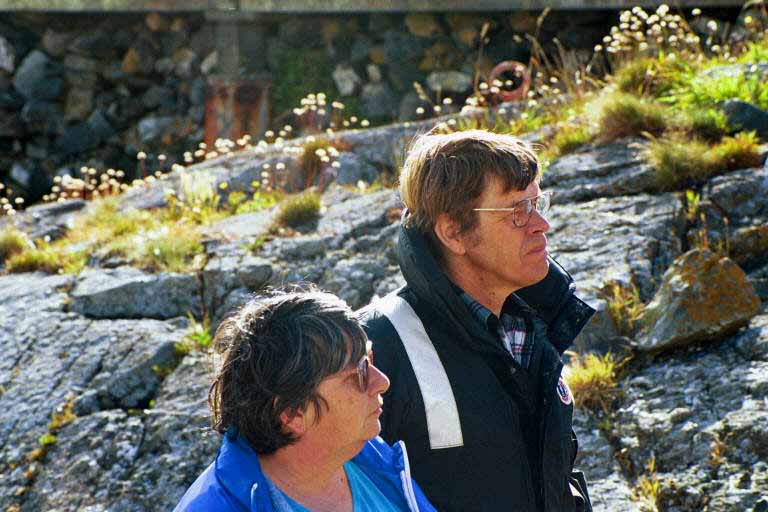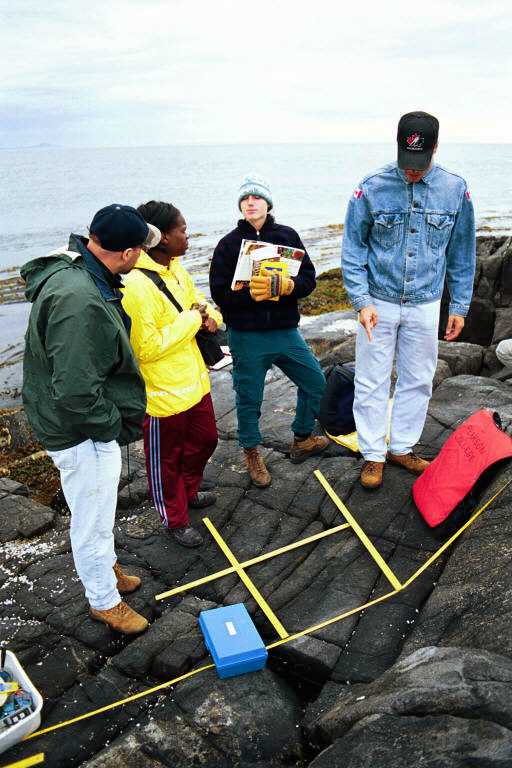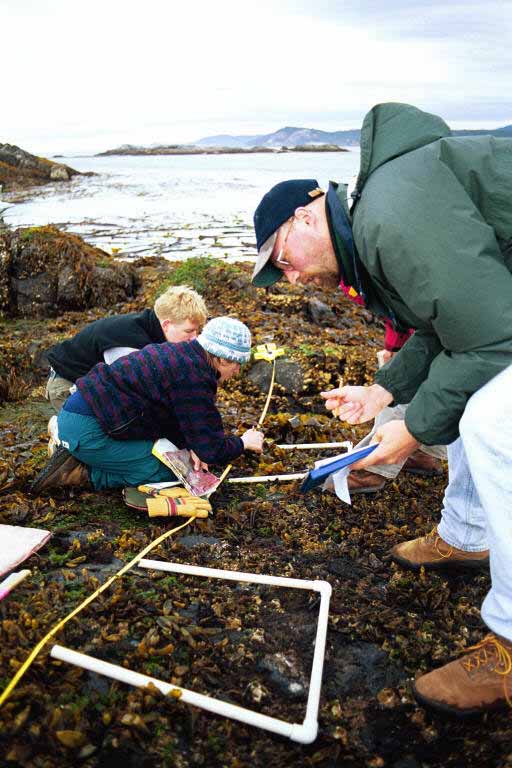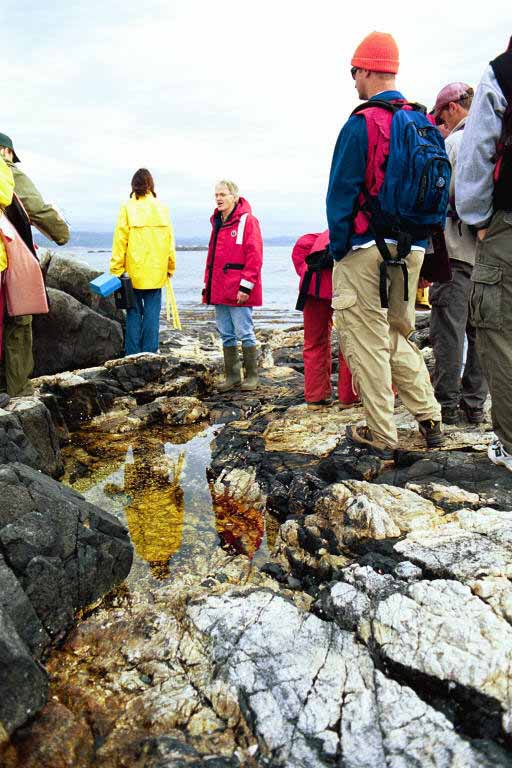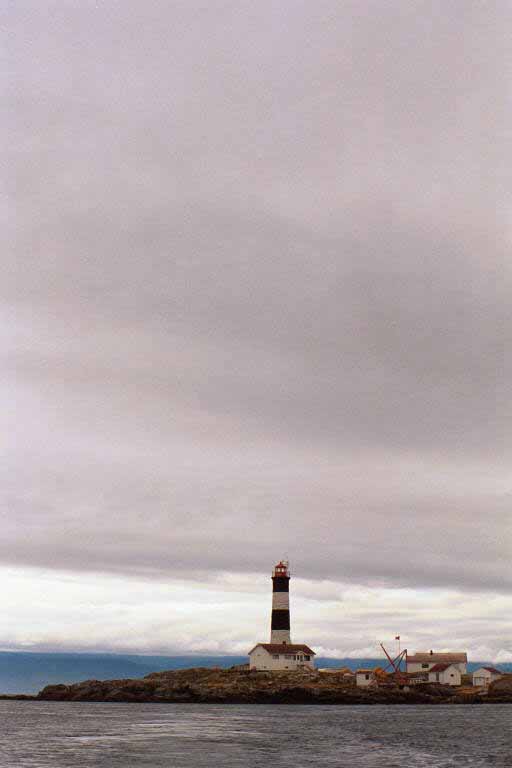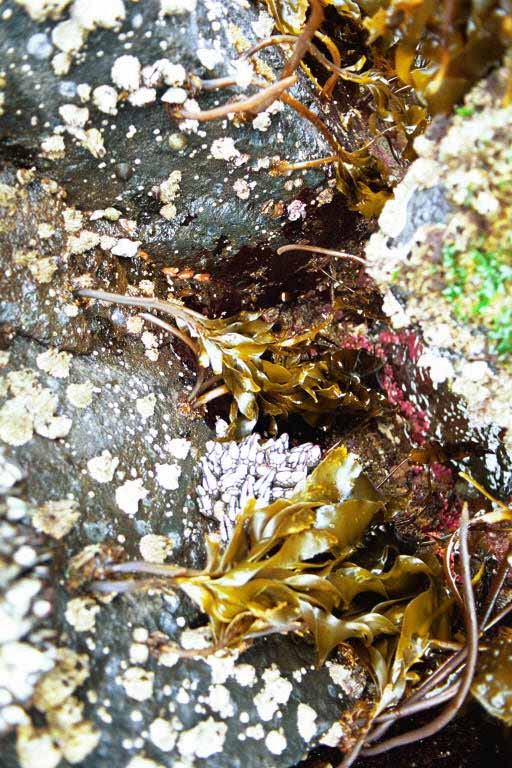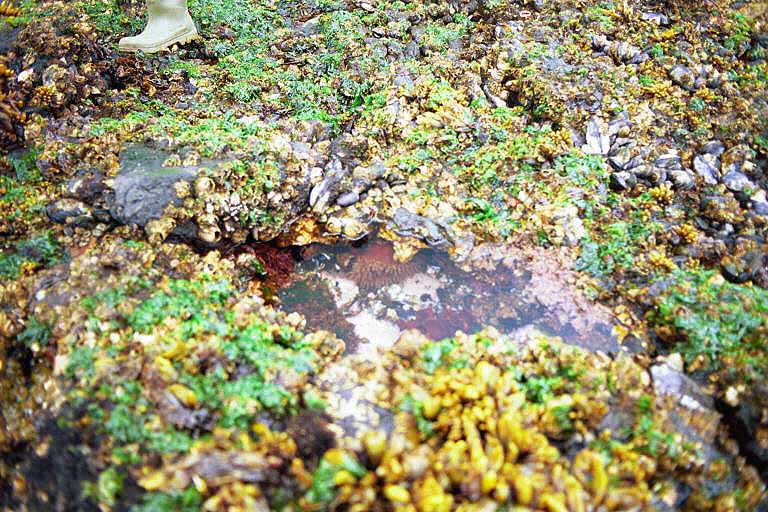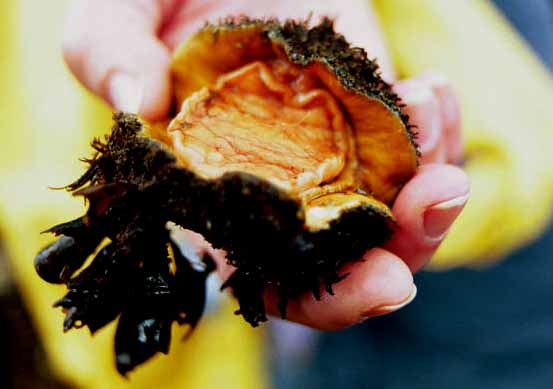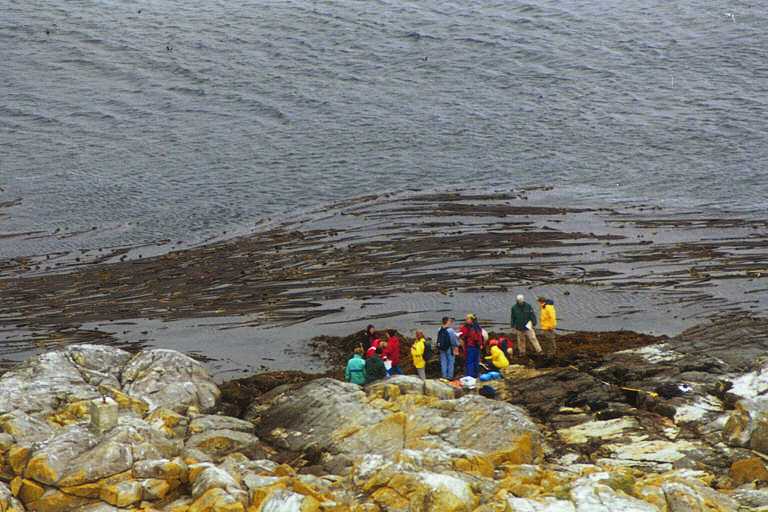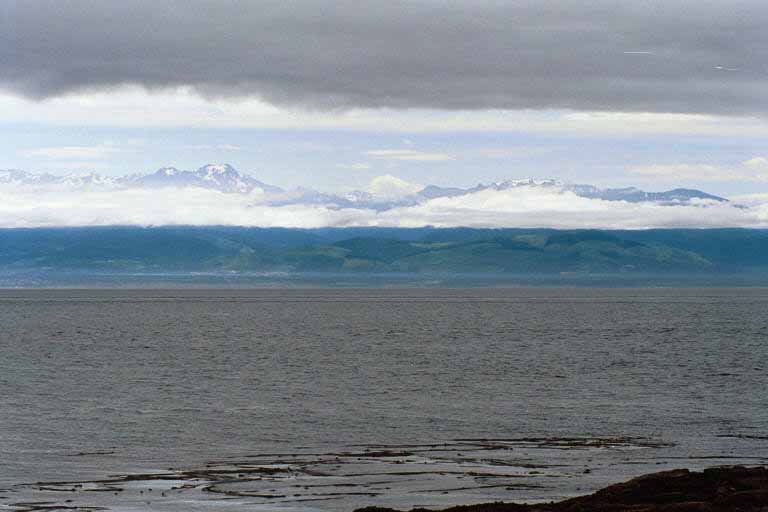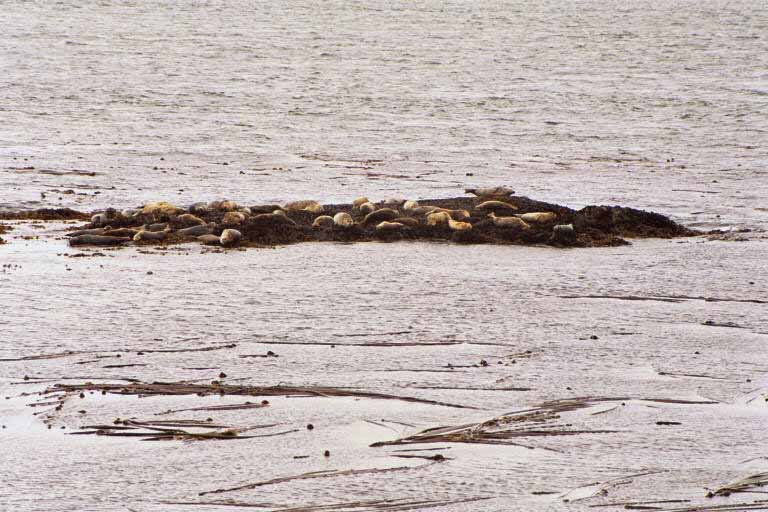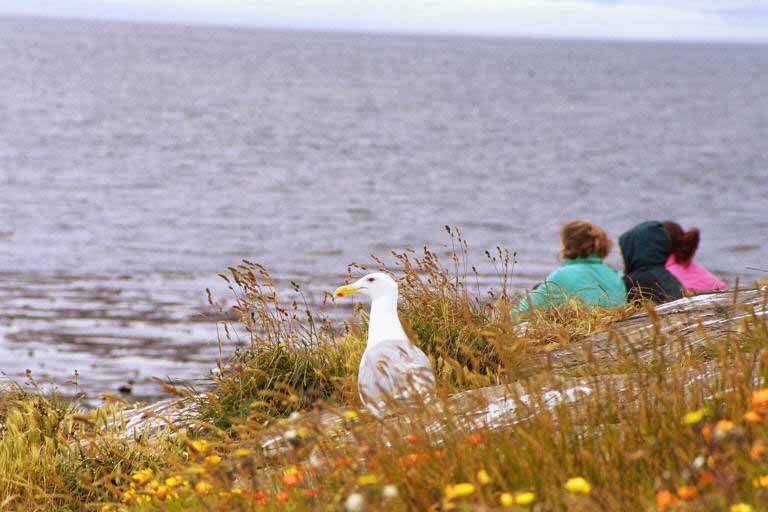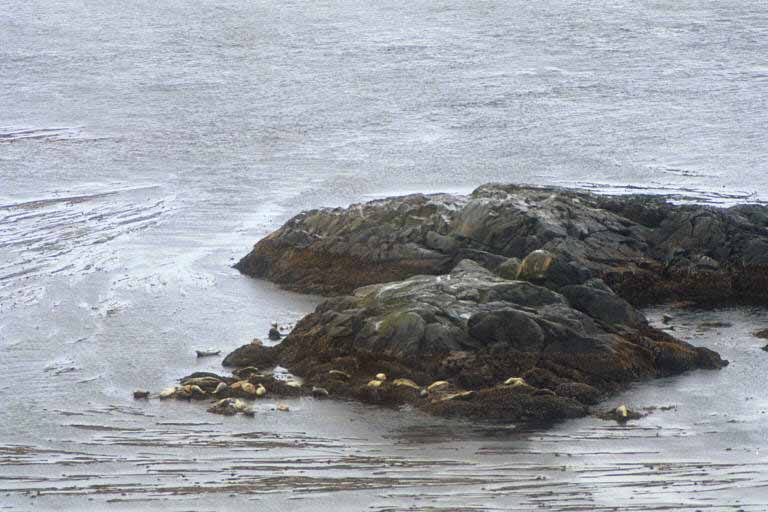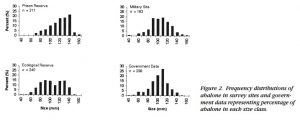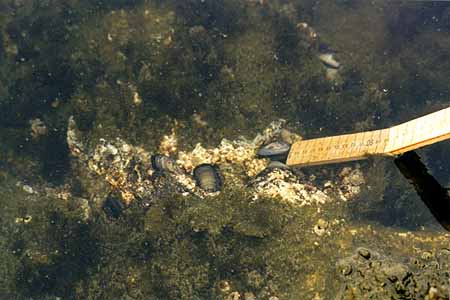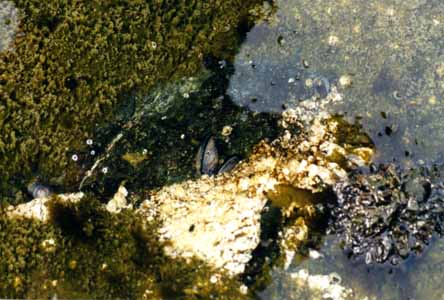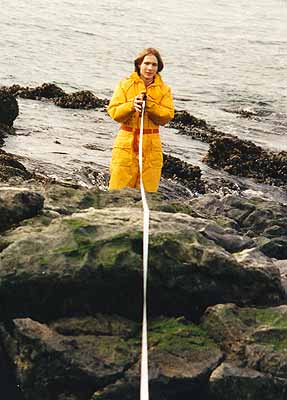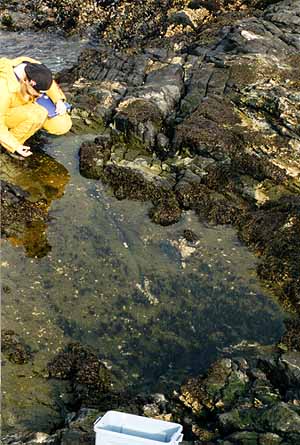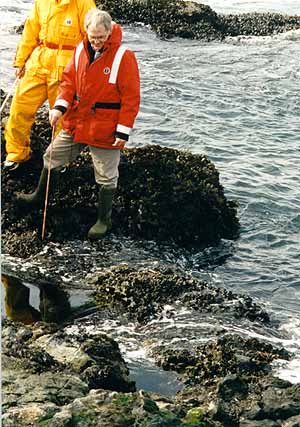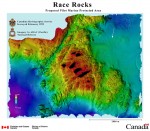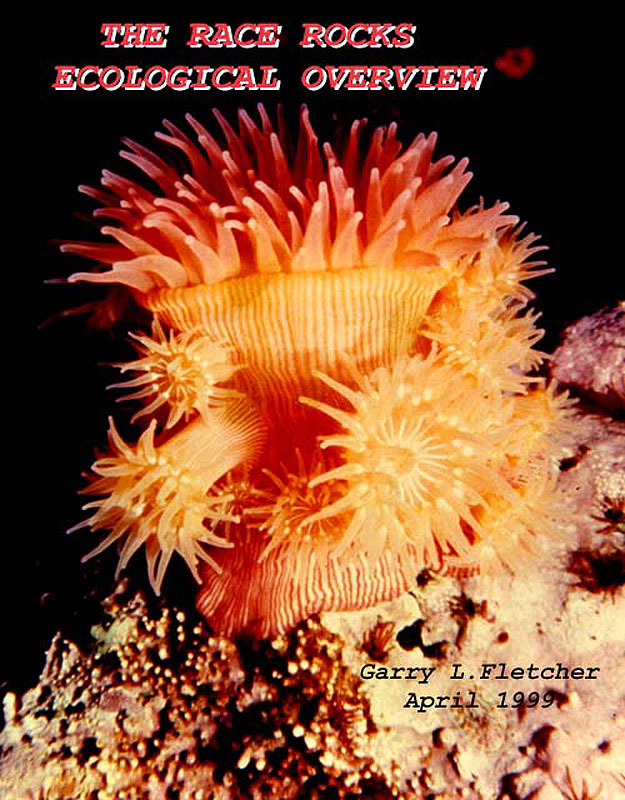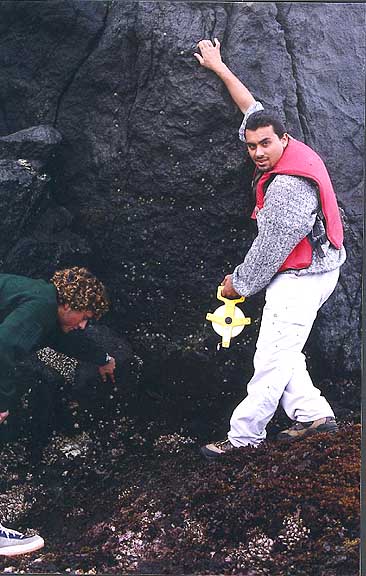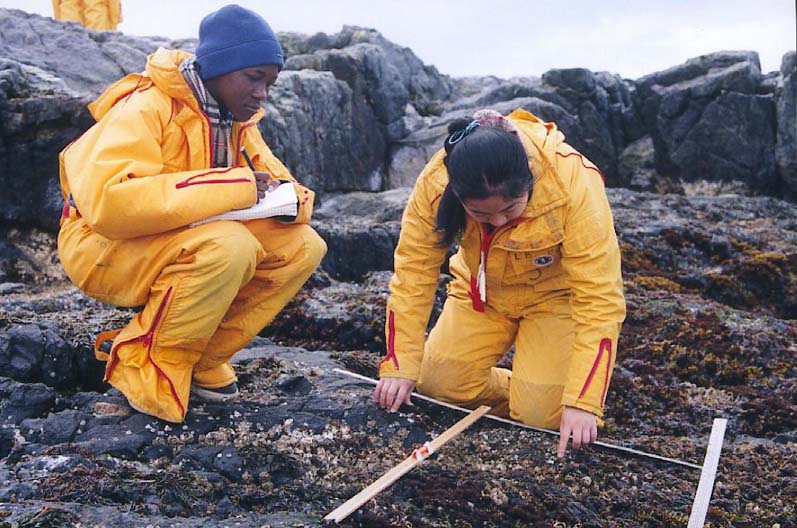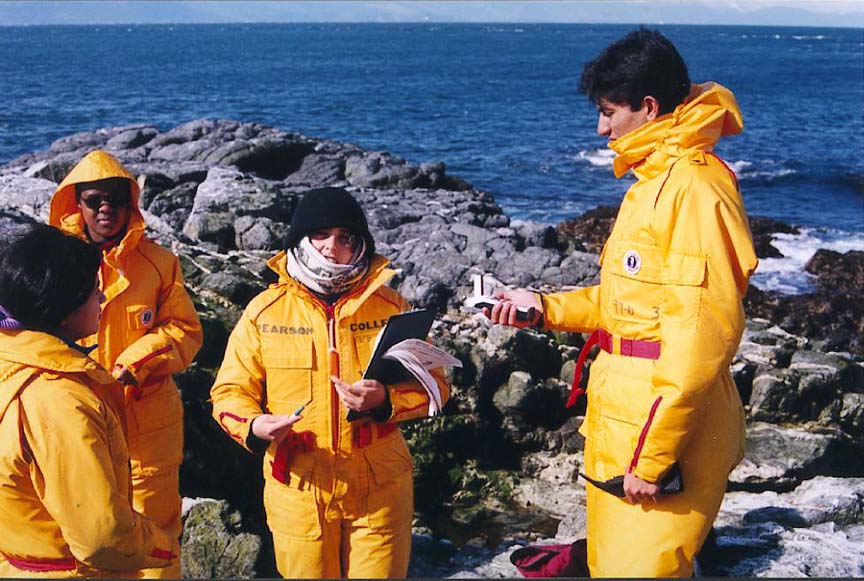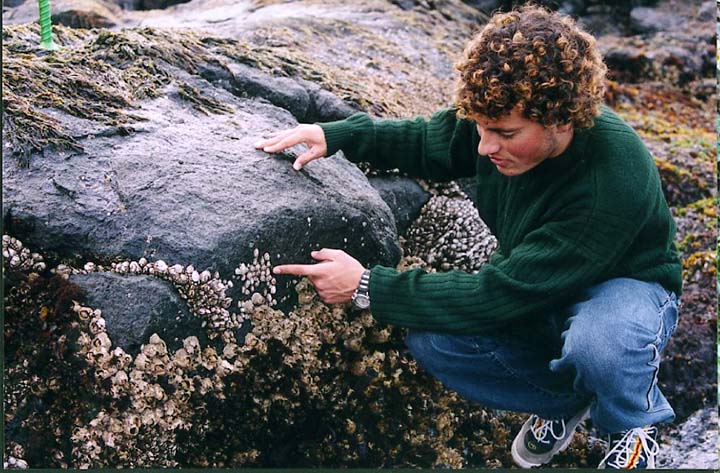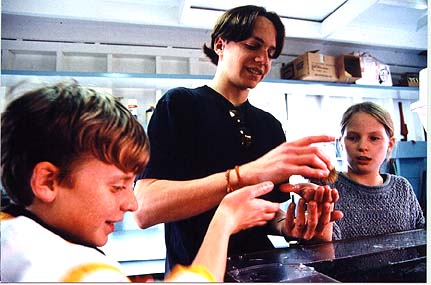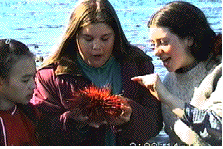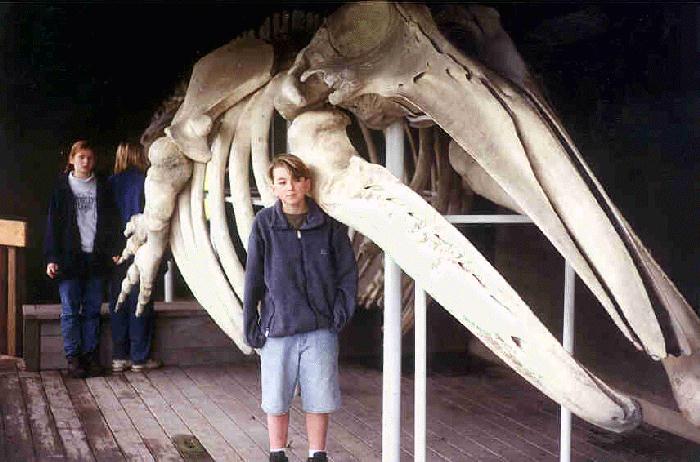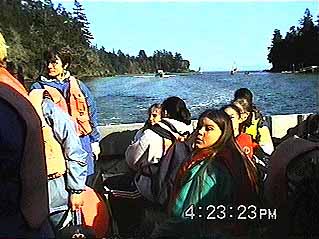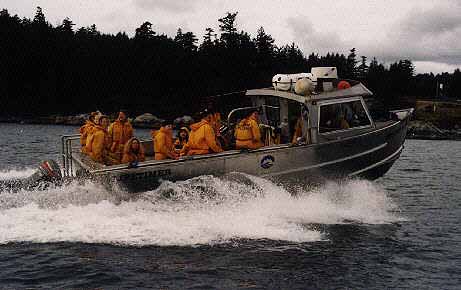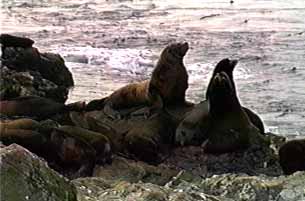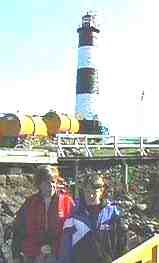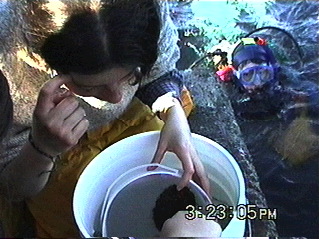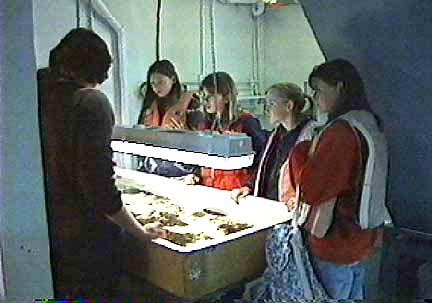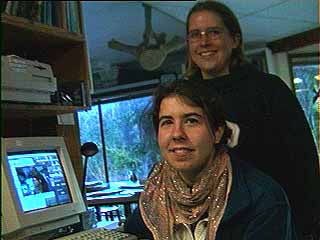LOCATION: L.B. Pearson College Library
CALLNUMBER : 577.7 Fle RREO CDROMlor
The Race Rocks Ecological Overview
ABSTRACT:
On September 1, 1998, the Minister of Fisheries and Oceans Canada, the Honourable David Anderson proclaimed the creation of the two first Pilot Study Marine Protected Areas in Canada. Race Rocks ecological reserve was designated as one of those area. As part of the pilot process following this announcement, the Department of Fisheries and Oceans has requested that a complete ecological overview would be done of each of the pilot areas. This metadatabase, the Race Rocks Ecological Overview was designed to assemble in one place a searchable database on the ecological research, education and other activities that have occurred at RaceRocks. Included also are references to the immediate surrounding marine area of the existing ecological reserve, the eastern entrance of the Strait of Juan de Fuca, and the adjacent shoreline of Vancouver Island, in particular the peninsula of Rocky Point. The time frame for these ecological references is from it’s use as an area by First Nations people through its establishment as a light station by the British Navy in 1860, to it’s designation as an Ecological Reserve by the province of British Columbia in 1980, up to the present time, 1999, as a pilot Marine Protected Area. Along with the database, a set of references has been assembled for the primary collection in the Norman McKee-Lang library at Lester B. Pearson College of the Pacific in Victoria. An additional set of reference materials has been made available to Fisheries and Oceans Canada, and CDs of this version are being distributed to workshop attendees. April 19,1999 Race Rocks, Metchosin , British Columbia, Canada
Keywords: Race Rocks, Juan de Fuca , MPA, Lester B. Pearson College,marine park,ecological reserve Author: Garry L. Fletcher
Ackknowledgements:
Many individuals have contributed to the construction of this metadatabase, and no doubt some will be omitted from this listing, but I deeply appreciate all their contributions. Norm Healey of Royal Roads University has played a major role in the design in MSAccess, and in programming the searching capabilities. He has dealt with problems inherent in my original database design and has patiently taught me along the way. For the provision of linked databases, I wish to thank Norm and the Metchosin Environmental Advisory Commission for the MEAC database, the Staff at the Canadian Conservation Data Centre, for the addition of the Database from CDC, and Ron Perkins of IOS for the Race Rocks Salinity and Temperature Database. B.C. Parks, Jacques Marc and Trev and Flo Anderson have kindly made their slide sets available to be catalogued in this database. The RBC museum, and Duane Prentice have also provided their copyrighted slides for the database with a permanent set being made available through our library. Also the switchboard page photo was derived from an image taken by Brent Cooke of the RBC museum. John Ford and Robin Baird provided a large portion of the marine mammal materials, Scott Wallace helped with a workshop presentation and research materials. Dee Walmsley provided contacts for references. Sylvia Roach of Lester Pearson College has provided many hours for the scanning, optical character recognition and html of the major references and the herbarium database. She has also done the OCR and Brailling for the selected references. Bette Kirchner, Pearson College librarian has catalogued the reference data and Jolanta Lisiewicz, has assembled the library references and typed abstracts for the database. Becky Macoun, a former student now in Vancouver has done library research for the database. Chris Blondeau, diving instructor at Pearson College has helped me to free up time by assisting with the diving and with the Race Rocks Schools program administrative duties that have been ongoing. Angus Matthews, college administrator has helped with contacts with First Nations and in making his correspondence and records available. Tom Sampson has assisted in educating us about the role of marine resources of the area in First Nations culture. The administrative staff of Pearson College has provided support throughout the project. Lester Pearson College students of the environmental systems and biology classes have provided me with support throughout the last two months on this project and will have a major role to play in it’s ongoing development and updating. In particular, students Martin Kryl and Victor Rakou helped with scanning and some of the data entry. Cynthia Wright of IOS has helped with editing.. Most importantly, my family has been patient and understanding with my preoccupation in getting the first version of this database completed, and Sarah and Alex have contributed greatly to the data entry in the slide collection.
-Garry Fletcher, April, 1999 —-Lester B. Pearson College
STATUS: Version, 1.5 , Completed Aug 4, 1999-
Updating: ongoing –Bio Dept. Lester B. Pearson College-
PUBLICATION INFORMATION: This publication, The Race Rocks Ecological Overview, Version 1.5 has been produced under Contract F1011-9-06 from the Department of Fisheries and Oceans, Institute of Ocean Sciences, Sidney, B.C.
Copyright 1999 Her Majesty The Queen in Right of Canada as represented by the Minister of Fisheries and Oceans.
Images Copyright 1999 by Lester B. Pearson College except as specifically noted.
ORIGINATOR: Garry L. Fletcher, faculty member in biology and environmental systems at Lester B. Pearson College. (retired 2004)
ADDRESS:
650 Pearson College Drive
Victoria, B.C.
British Columbia , Canada
V9C 4H7
DATE:08/08/99

